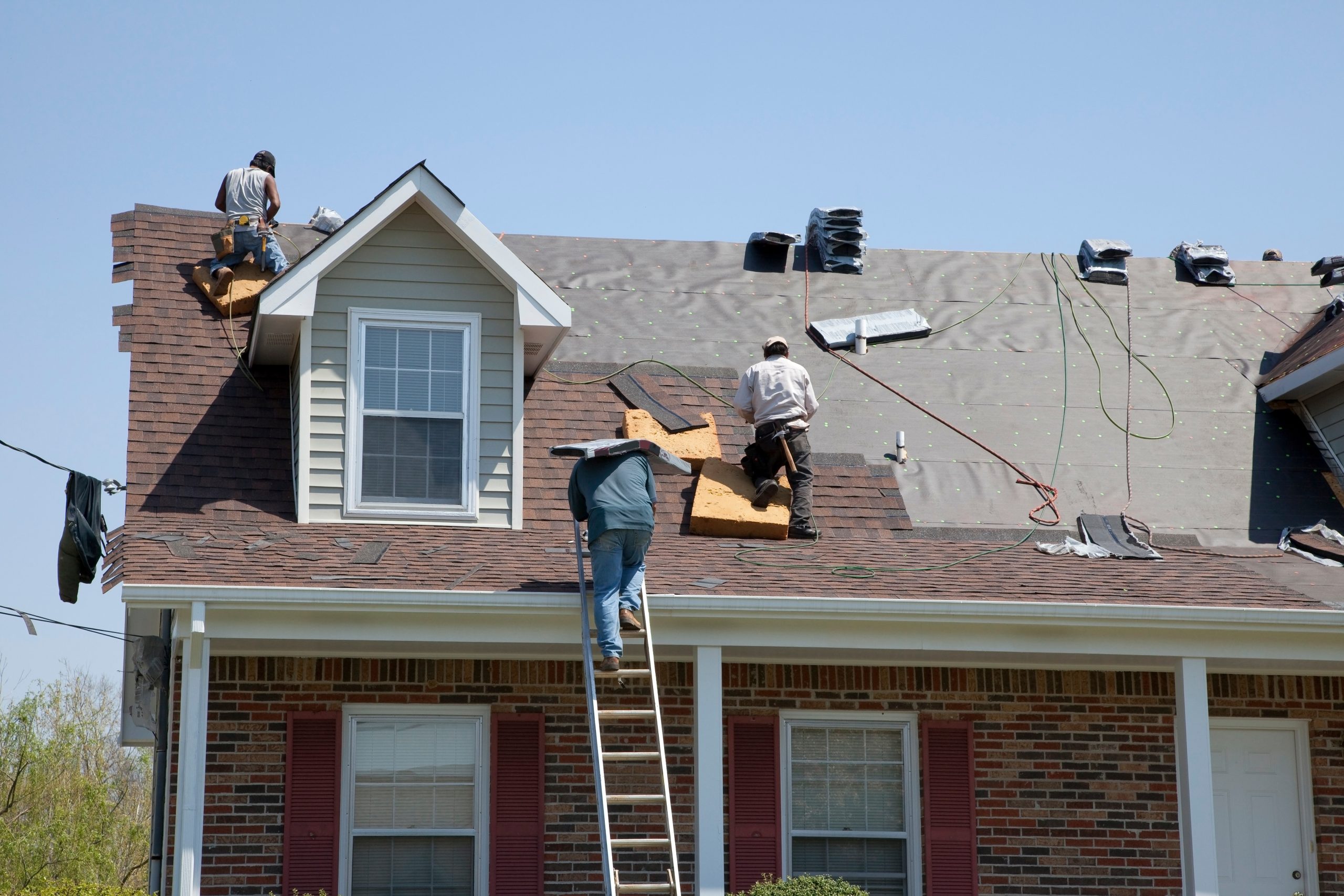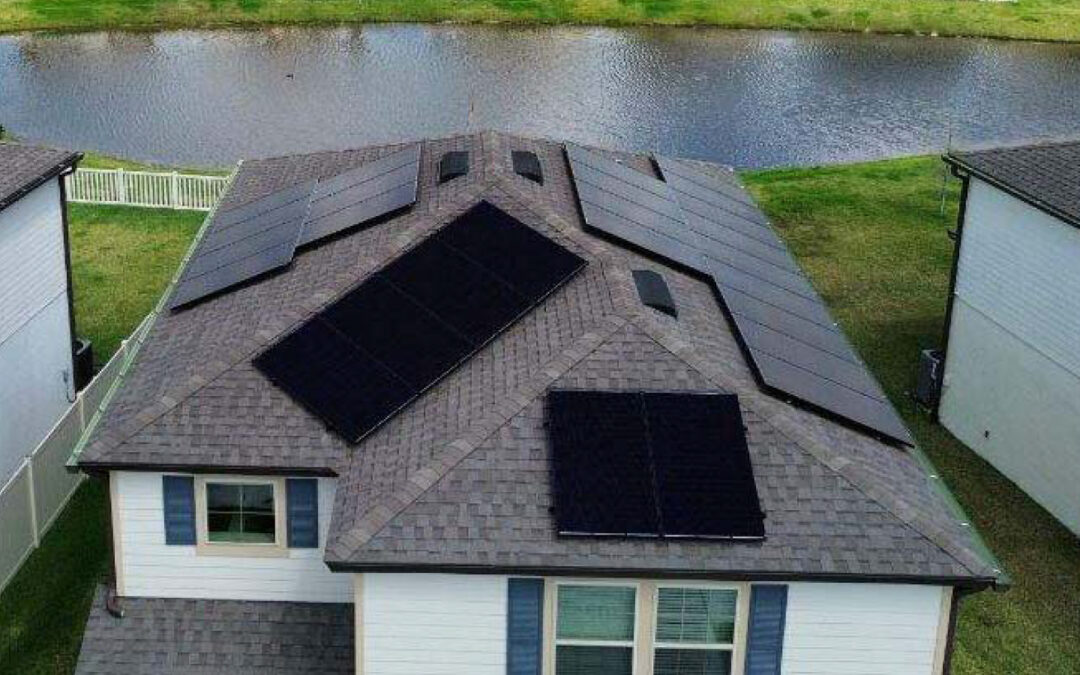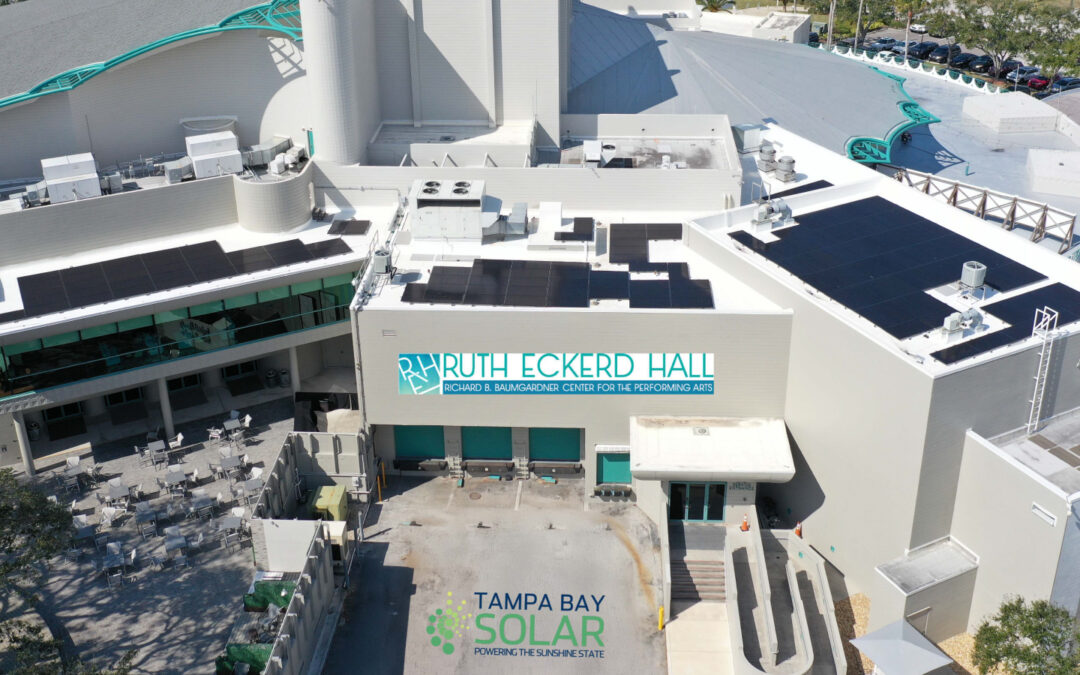If your roof is in need of repairs or inching toward the end of its lifespan, it may be worth considering replacing your roof before installing a solar energy system. It’s a tough call to make and may add an additional step to your journey, but it saves hassle down the road and ensures the security of your solar investment.
Here’s how to determine whether you need to install a new roof before you install solar on your home.
What’s Your Roof Timeline?
The first step of the decision-making process is understanding your roof’s timeline and how much life it has left in it. For roofs within certain lifespan windows, you’ll be clear to install your solar panel array right away. For others that are getting older, there’s a strong case for replacing your roof before getting any panels up there.
20+ Years of Life
If your roof was installed within the past few years, you won’t need to replace it again before you install solar, and you can expect it to last for more than 20+ years.
5-20 Years of Life
The decision becomes less clear-cut if your roof has anywhere from five to twenty years remaining. Consider your payback period (how long it will take you to recoup your investment) and projected savings through your energy bill before deciding whether to replace your roof. Not sure what makes the most sense for you? Your Tampa Bay Solar sales representative will happily run the numbers and offer their best recommendation.
0-5 Years of Life
If you have only a few years of life left on your roof, you should definitely replace it before installing solar panels. Not only is it a hassle (and expensive) to remove and reinstall solar panels if you replace your roof down the road, but you’ll have peace of mind knowing that your solar investment is safe and secure on your new roof.
Roof Damage Indicating Issues
Even if your roof should have many years of life left in it, if it’s damaged, you still may want to consider replacing it, as you don’t want to install your panels onto a roof that’s already weakened. Some of the most common types of roof damage that you want to keep an eye out for before installing solar include:
- Leaking, sagging, loose, broken, or missing shingles
- Cracked flashing
- Rotting wood around eaves and gutters
- Water spots on ceilings or walls
- Worn down materials
- Standing water
- Structural damage to the supports of your roof
If you (or your solar representative) notice any of the above signs of damage, you’ll want to address them before you install solar. You may be able to repair certain parts, or a total reroof may be required.
Removing and Reinstalling Solar Panels
If you decide to install solar panels onto an older roof, be aware that you will need to uninstall them again down the road if you replace your roof while your panels are installed. This adds extra cost and hassle but may still make sense, depending on your situation. Be sure to consult with your Tampa Bay Solar representative about your best option.
Advantages of Installing a New Roof Before Solar
If you decide to replace your roof before installing solar panels, there are many advantages. Not only will you have the peace of mind of knowing that your new roof and solar panel array are secure, but you’ll also save yourself from the future inconvenience and cost of taking them down and reinstalling them later.
Ultimately, the decision of whether to replace your roof before installing solar is up to you. If you need help making this decision or have any additional questions about the process, don’t hesitate to reach out to a Tampa Bay Solar representative. We’re here to help.





